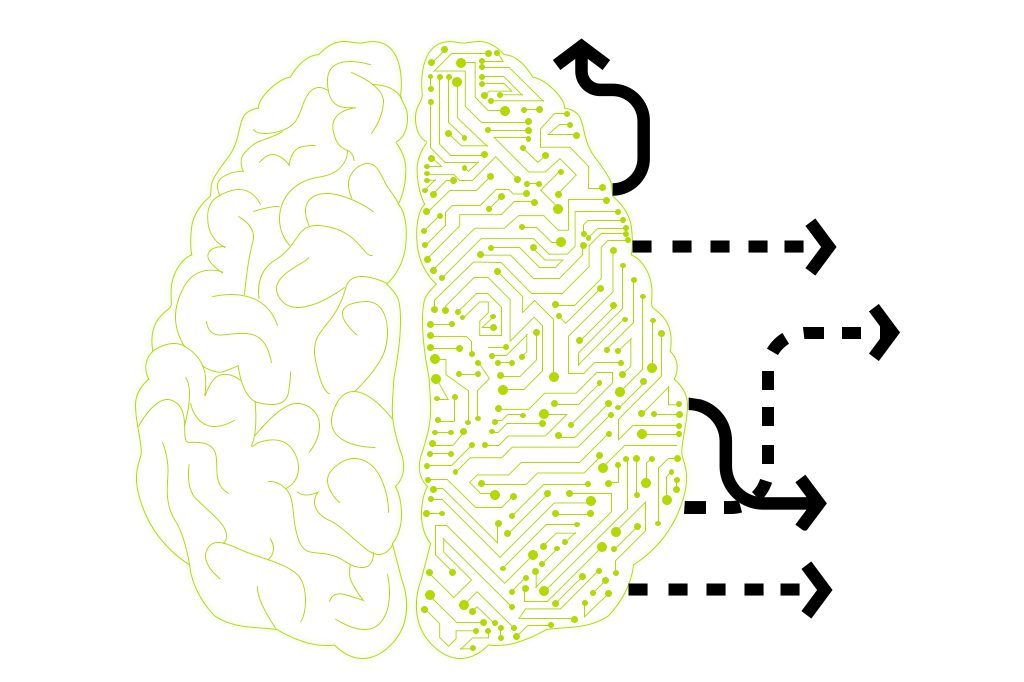How Cannabis May Help Ease Parkinson’s Disease
Every hour, two people in the UK are diagnosed with Parkinson’s Disease (PD), the world’s fastest-growing neurological condition. Affecting an estimated 8.5 million people globally, Parkinson’s has no known cure. Increasingly, patients are turning to medical cannabis to potentially manage symptoms such as tremors, rigidity, anxiety, and sleep disturbances. This article explores how medical cannabis may offer relief to those with Parkinson’s Disease, focusing on its impact on motor symptoms, mental health, and neurodegeneration using both anecdotal and clinical evidence.

The Endocannabinoid System and Parkinson’s Disease
Although the exact cause of Parkinson’s Disease remains uncertain, it is known that the disorder results from the progressive loss of nerve cells in the brain’s movement control centres. This damage leads to symptoms like bradykinesia (slowness of movement), tremors, and rigidity, which worsen over time.
The basal ganglia, a region responsible for motor control, contains neurons that produce dopamine, a neurotransmitter crucial for movement and mood regulation. As these neurons degrade, dopamine levels fall, causing the characteristic motor symptoms of Parkinson’s. In contrast, Parkinson’s is linked to increased levels of GABA, another neurotransmitter that inhibits signals from the basal ganglia, leading to issues with movement and coordination.
Cannabinoids like THC and CBD, found in cannabis, can interact with the body’s endocannabinoid system (ECS), which regulates a wide range of bodily functions. The ECS consists of receptors—primarily CB1 in the brain and CB2 in the immune system—that help maintain balance within the body. Cannabis compounds can influence neurotransmitters like dopamine and GABA through these receptors, potentially improving motor function and mood in patients with Parkinson’s Disease.
Research on Cannabis for Parkinson’s Disease
One of the key features of Parkinson’s Disease is an excessive buildup of GABA, which inhibits dopamine production. Medical cannabis research indicates that certain cannabinoids may help regulate GABA levels, which could, in turn, boost dopamine production and improve both motor control and mood.
Anecdotal evidence is abundant, with many Parkinson’s patients sharing videos online that demonstrate the visible reduction in tremors after consuming small doses of cannabis. This visible impact is supported by a growing body of clinical research. For instance, a 2016 American study found that 85% of Parkinson’s patients who used cannabis felt it was effective in managing their symptoms. A 2004 study also showed that patients reported reduced symptoms of rigidity, tremors, and bradykinesia after using cannabis.
The Effects of Cannabis on Parkinson’s Disease Symptoms
Beyond motor symptoms, medical cannabis may also alleviate non-motor symptoms associated with Parkinson’s Disease, such as sleep disorders, pain, depression, and anxiety.
A 2014 study indicated that CBD might reduce REM sleep behaviour disorder events in Parkinson’s patients. Similarly, a systematic review of 19 cannabis trials involving patients with multiple sclerosis, fibromyalgia, and chronic pain found that cannabis-based treatments could improve sleep quality. A nationwide survey conducted in Germany in 2019 showed that 44% of Parkinson’s patients who used medical cannabis reported reduced pain, while 41% experienced fewer muscle cramps.
Additionally, a large-scale 2021 survey found that patients with anxiety and depression who used medical cannabis reported significant symptom reductions compared to those who did not use cannabis, highlighting the plant’s therapeutic potential for managing mental health in Parkinson’s patients.
Considerations for Using Cannabis for Parkinson’s Disease
Different forms of medical cannabis can produce varying effects depending on how they are consumed. Inhalation (e.g., smoking or vaping) and sublingual administration (e.g., tinctures) offer rapid relief, making them popular among patients seeking immediate symptom control. Edibles, while slower to take effect, offer longer-lasting benefits and can be a convenient option.
The strength and dosage of cannabis products can also affect their therapeutic efficacy, and cannabis can interact with other medications. In some cases, it may enhance the effectiveness of conventional drugs, but it can also increase the risk of side effects.
As with any treatment, there are potential risks and side effects associated with medical cannabis. The Parkinson’s Foundation has noted that cannabis use may lead to cognitive impairment, behavioural changes, blurred vision, and loss of balance. Long-term exposure to THC may also result in dopaminergic blunting, which could reduce the effectiveness of dopamine in the brain—a concern for Parkinson’s patients.
Conclusion
While much remains to be discovered about Parkinson’s Disease and its interactions with cannabis, early research and patient experiences suggest that medical cannabis may offer relief for both motor and non-motor symptoms. However, more clinical studies are needed to fully understand its potential benefits and risks. As always, it is essential to consult with a healthcare professional before beginning any cannabis-based treatment to ensure it is appropriate for your individual needs and to minimise potential side effects.
